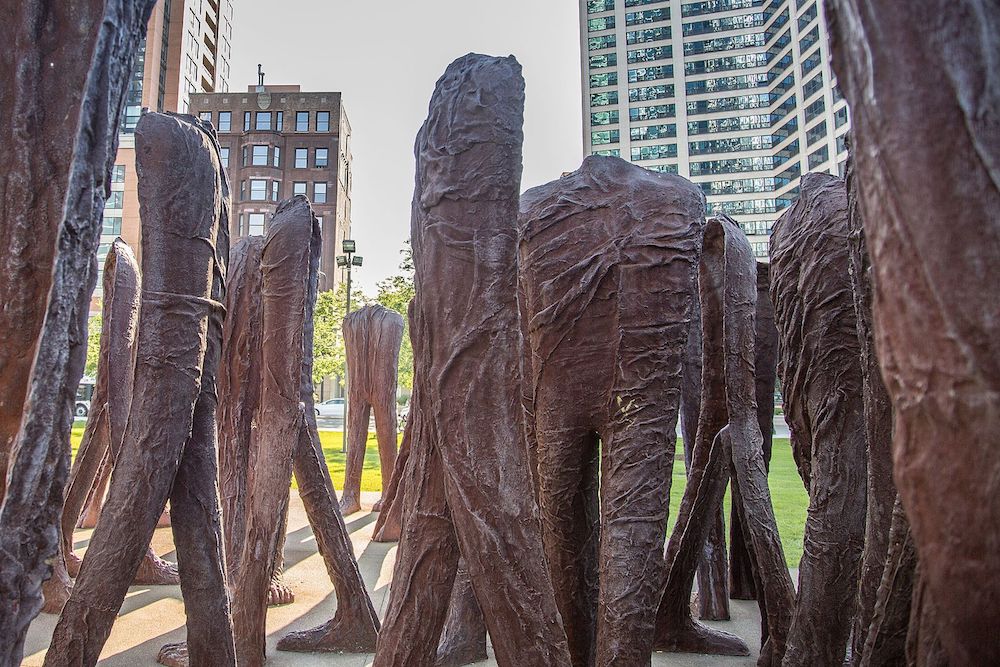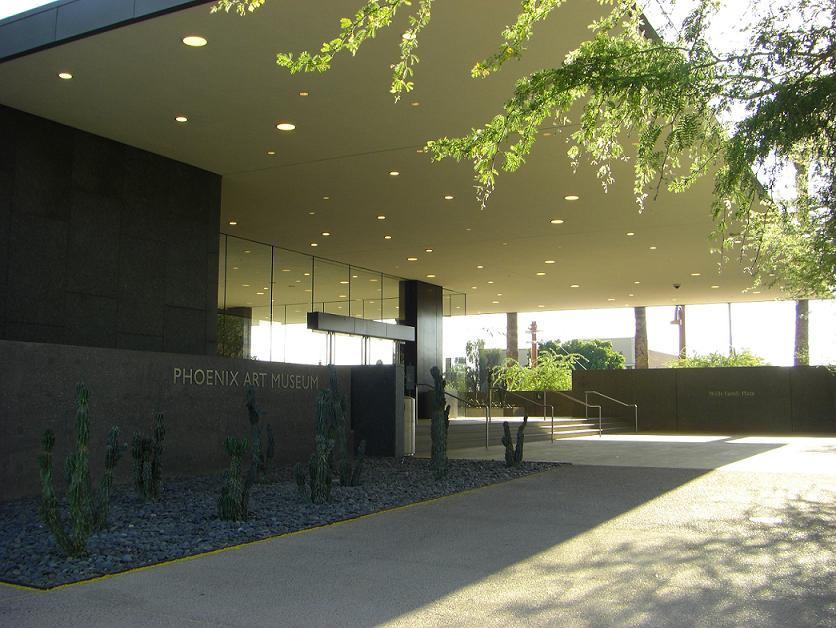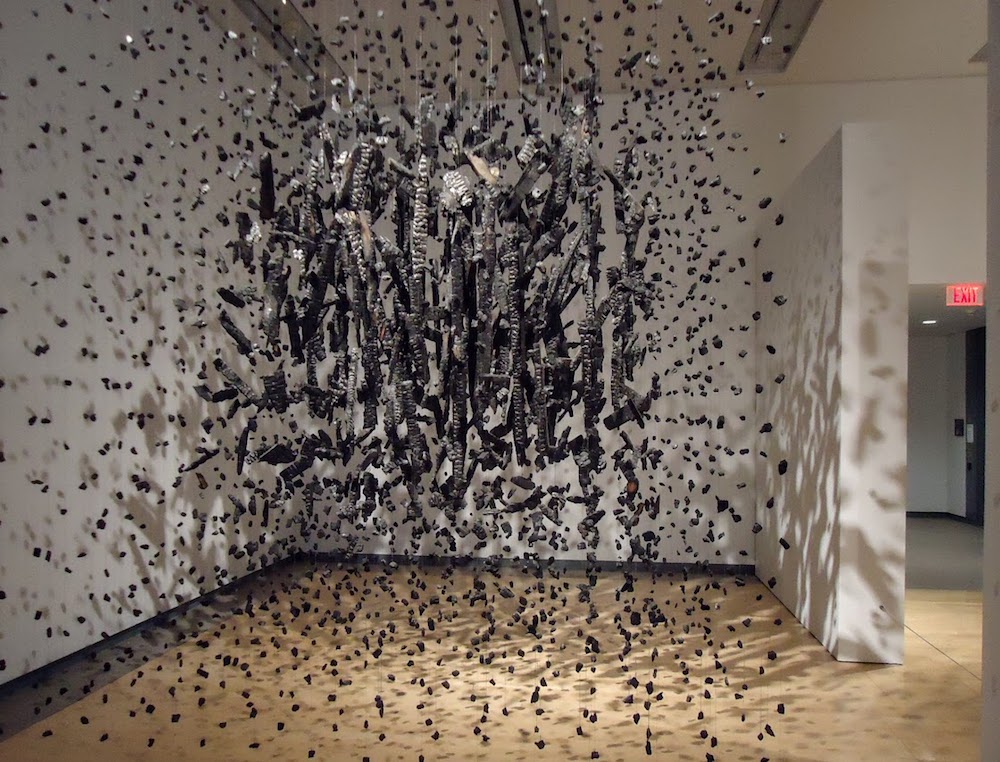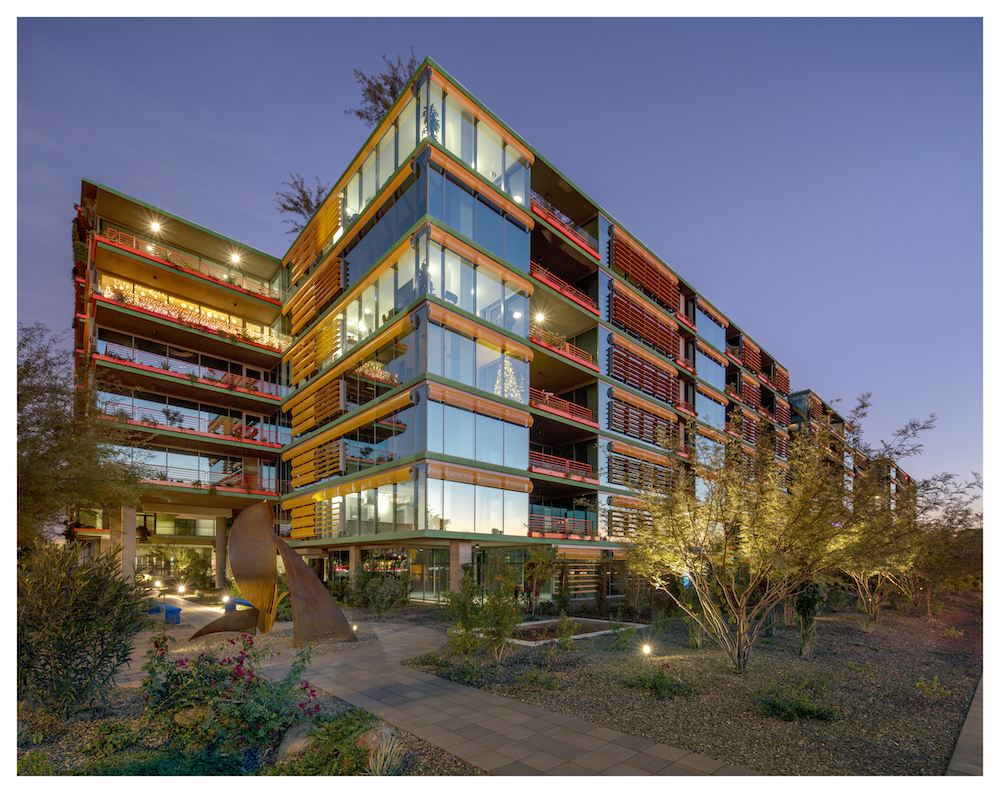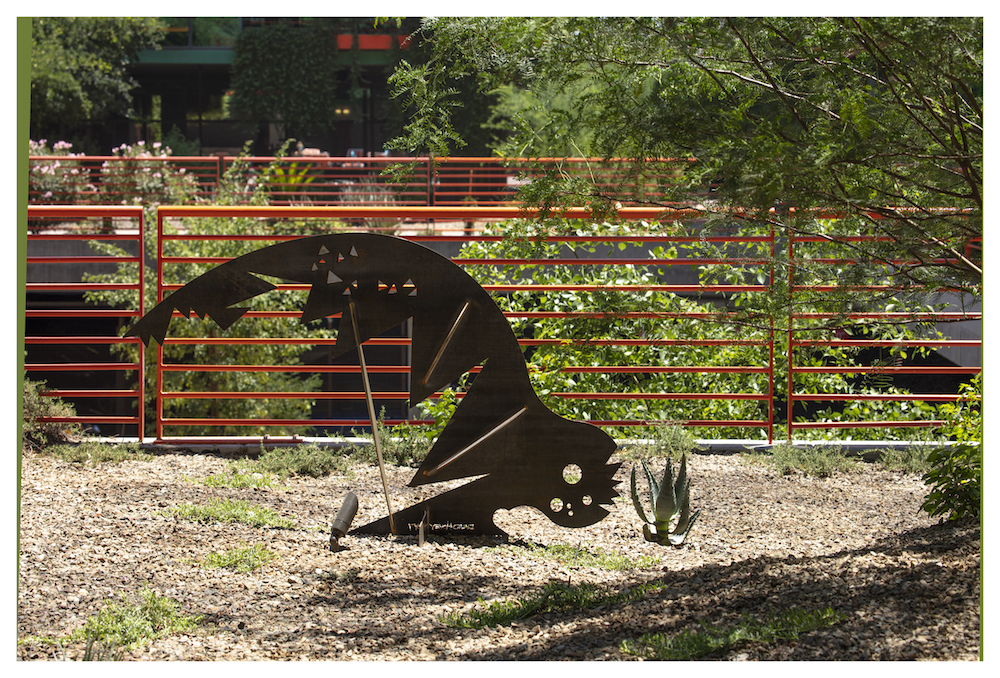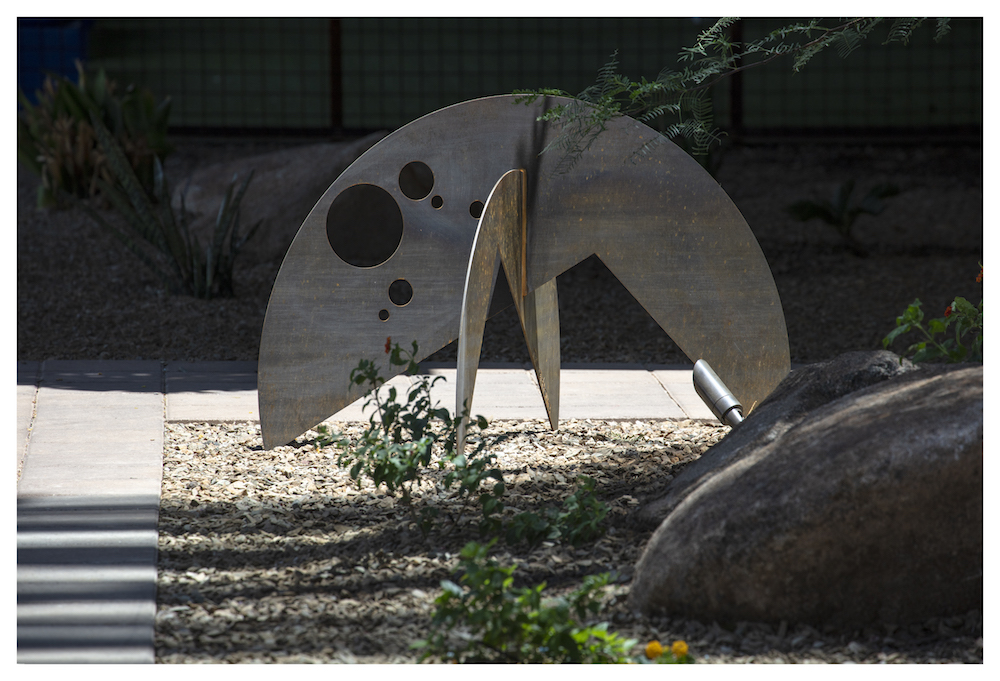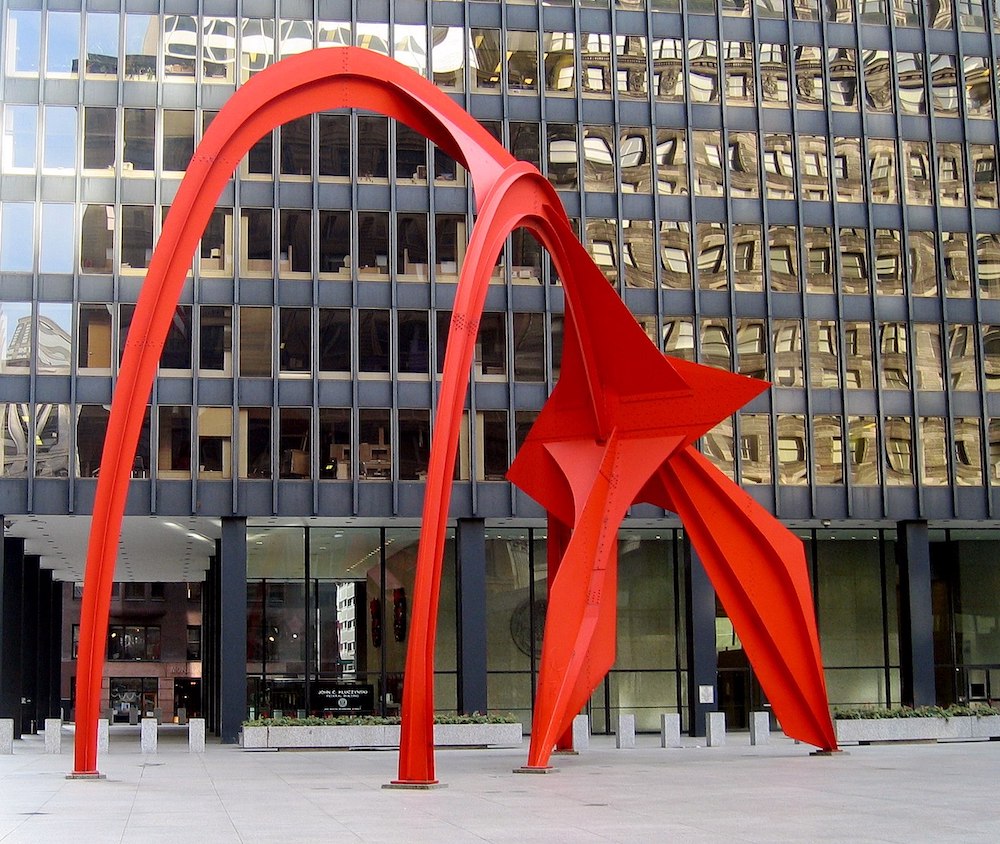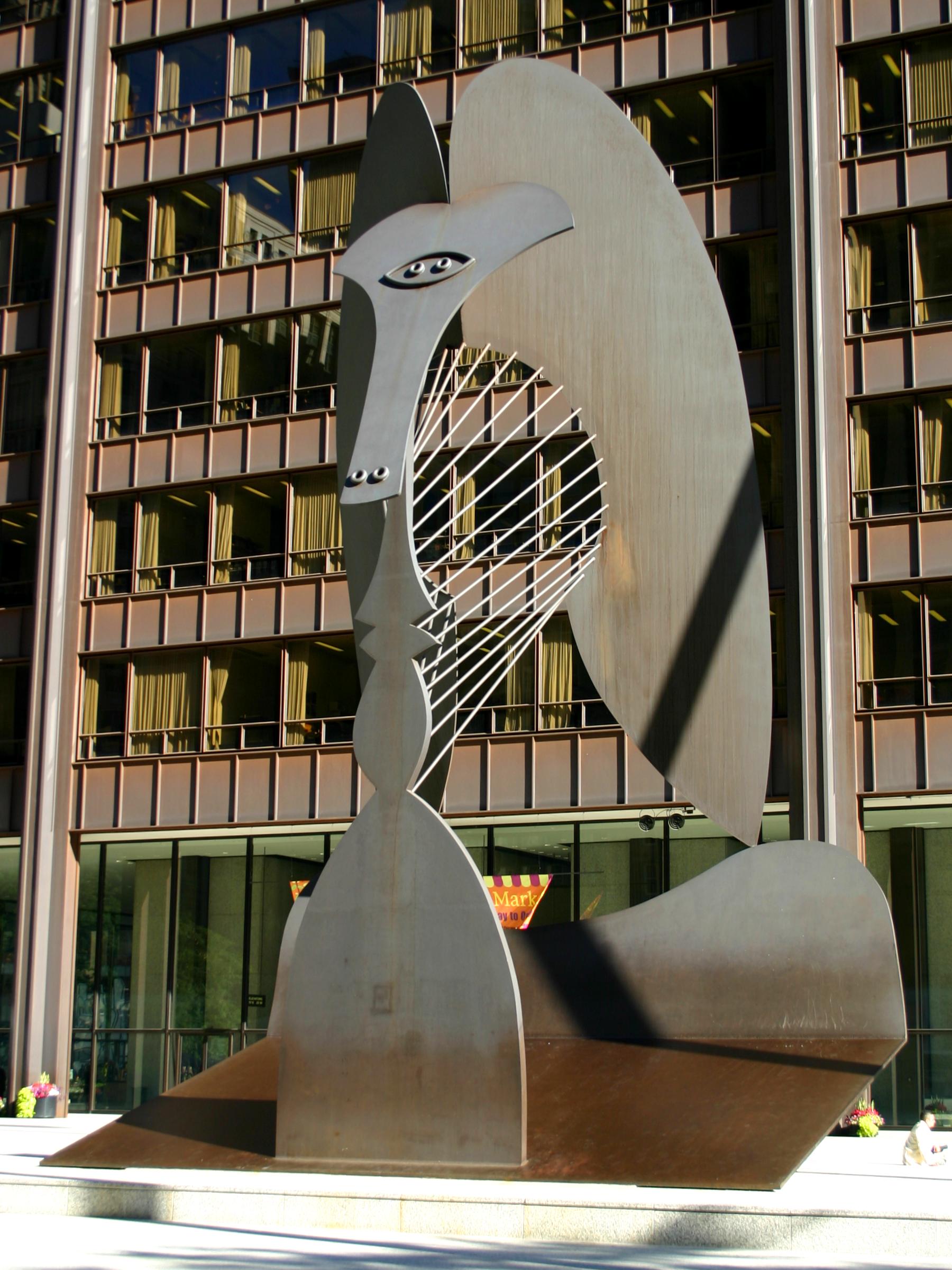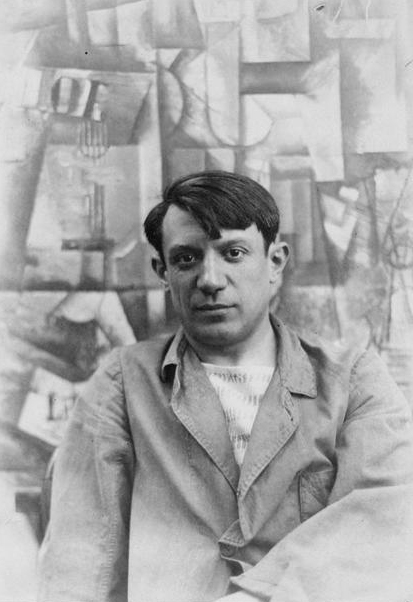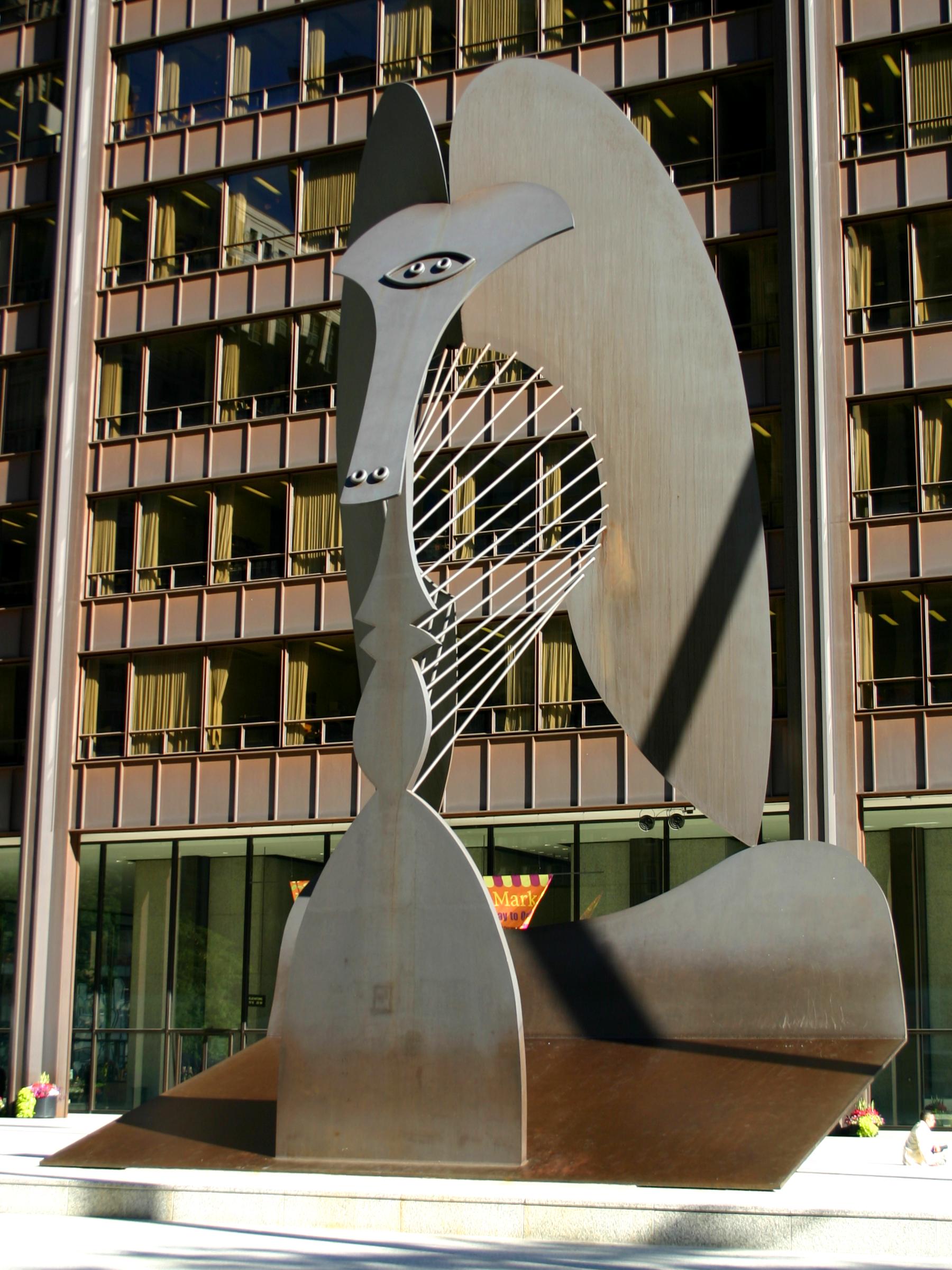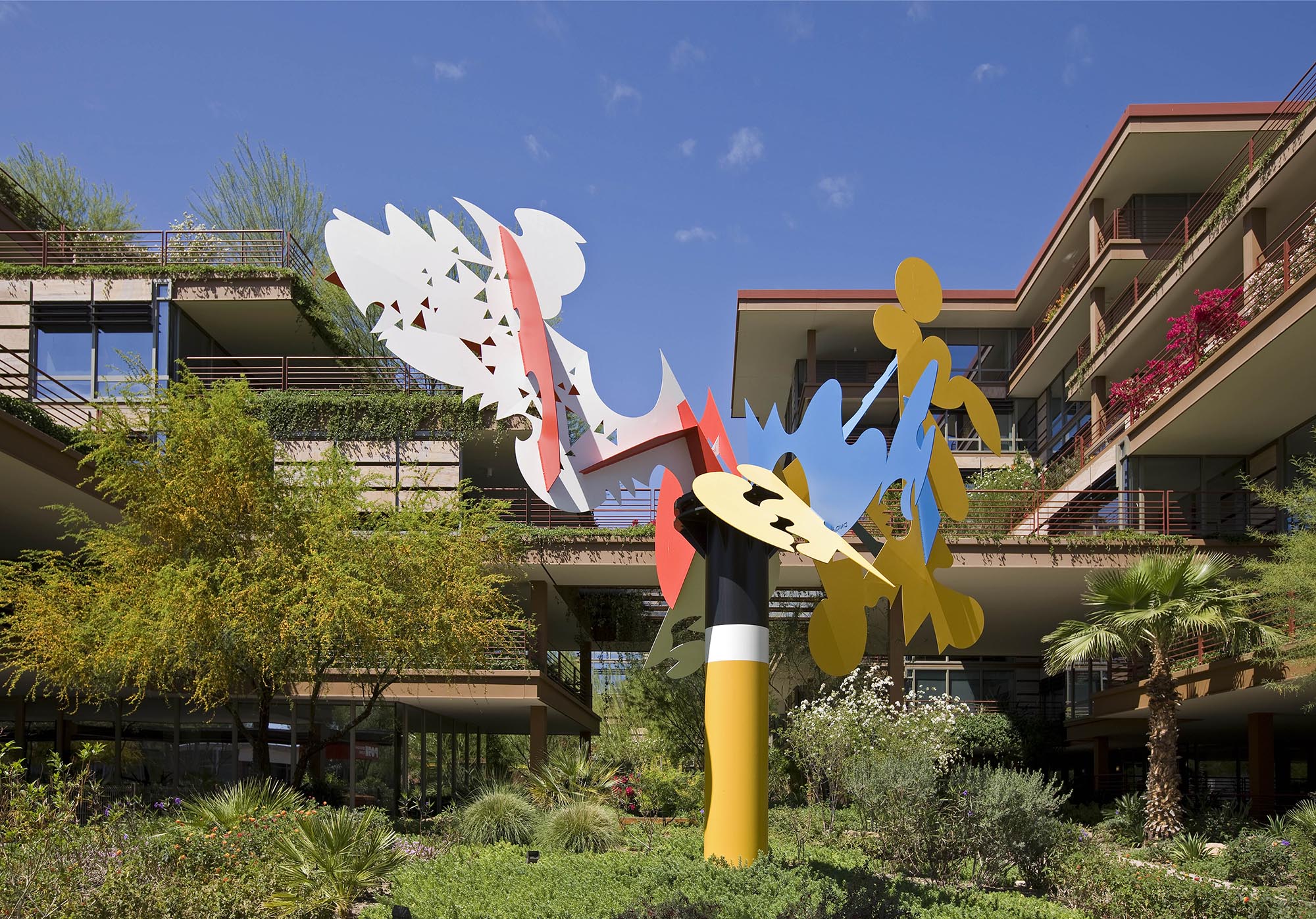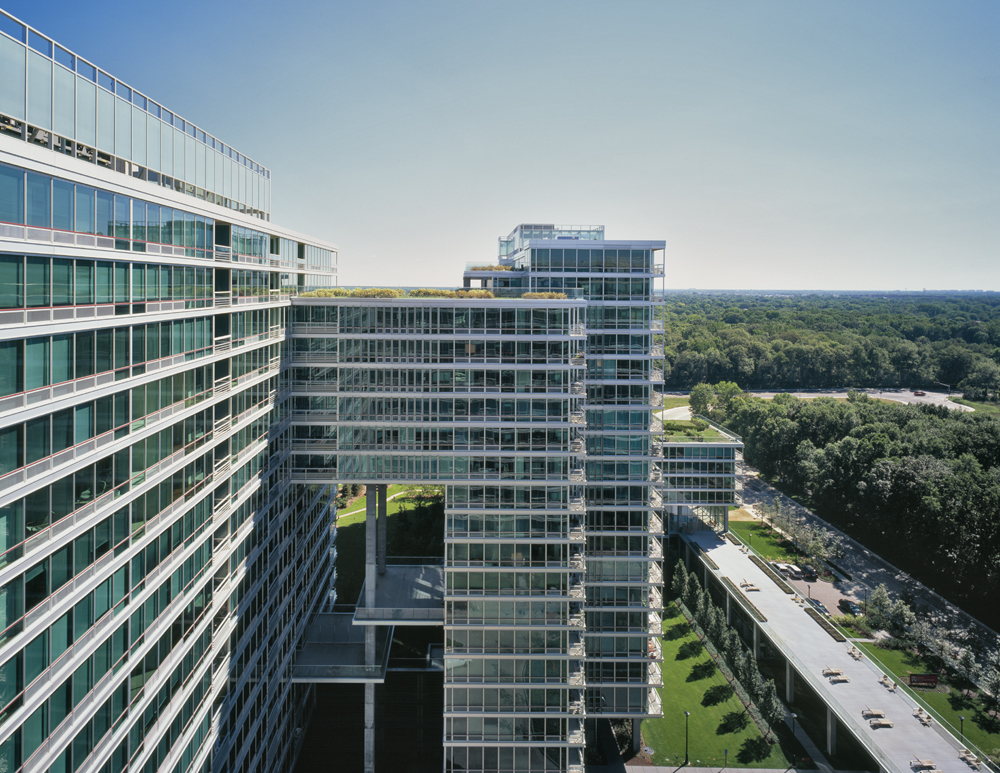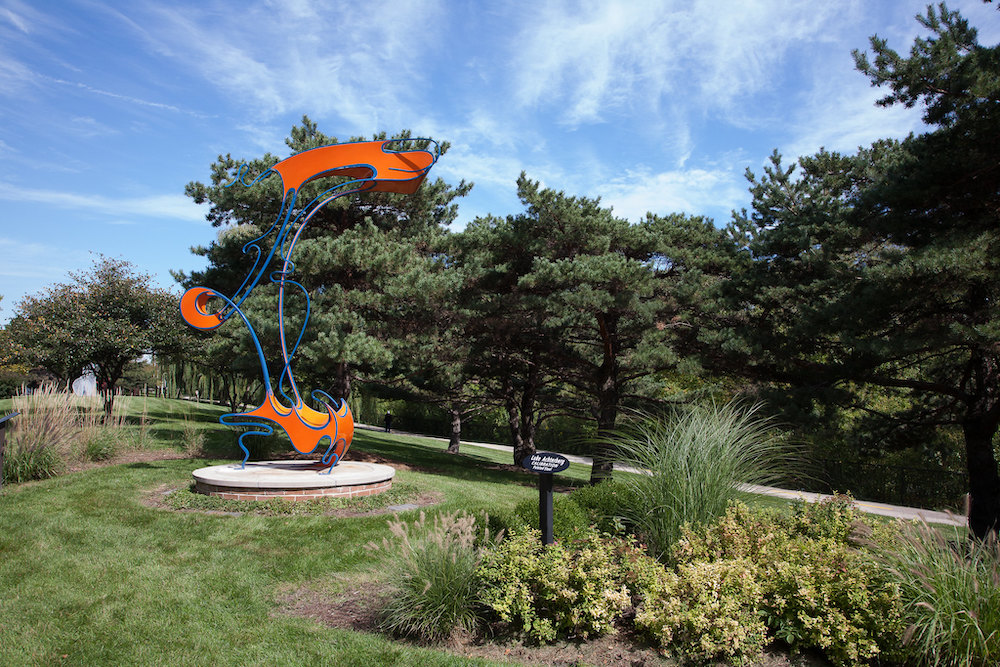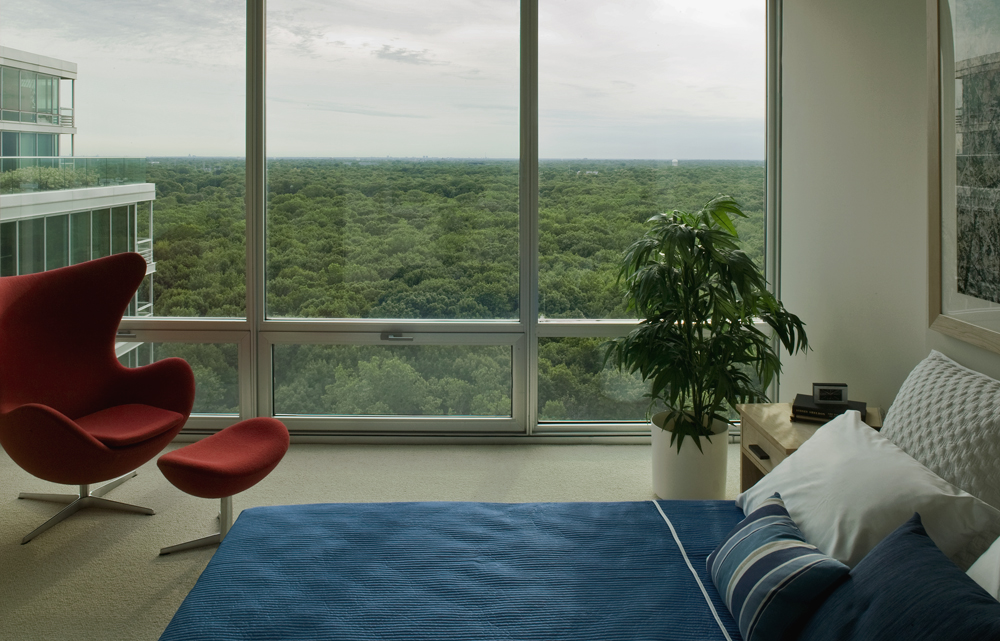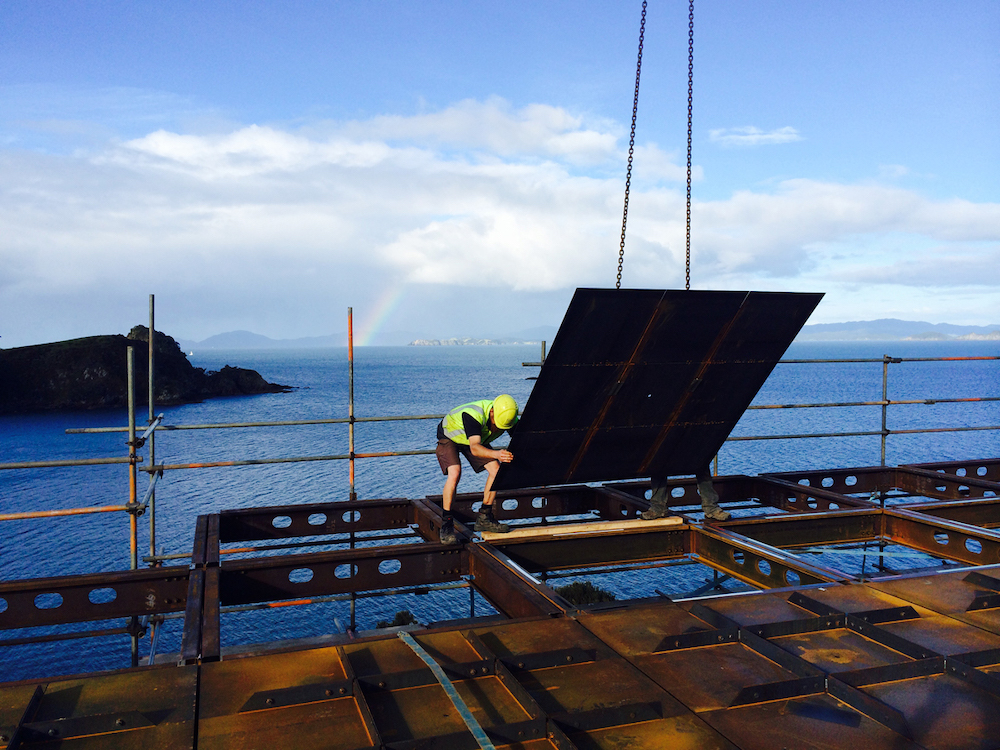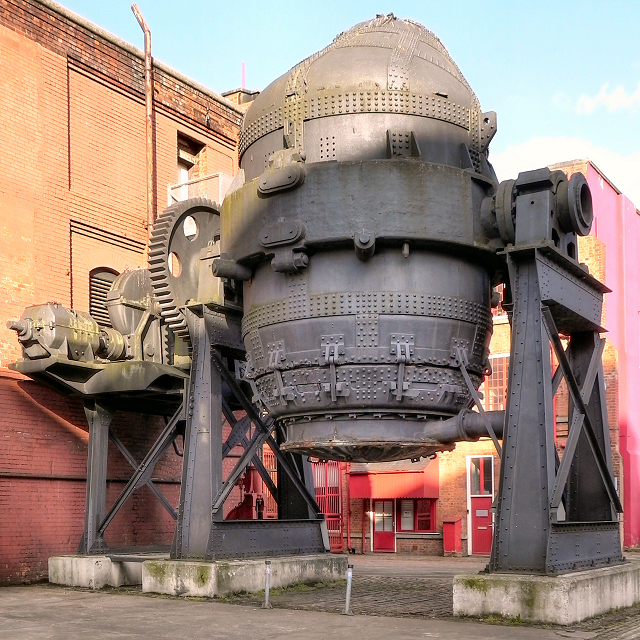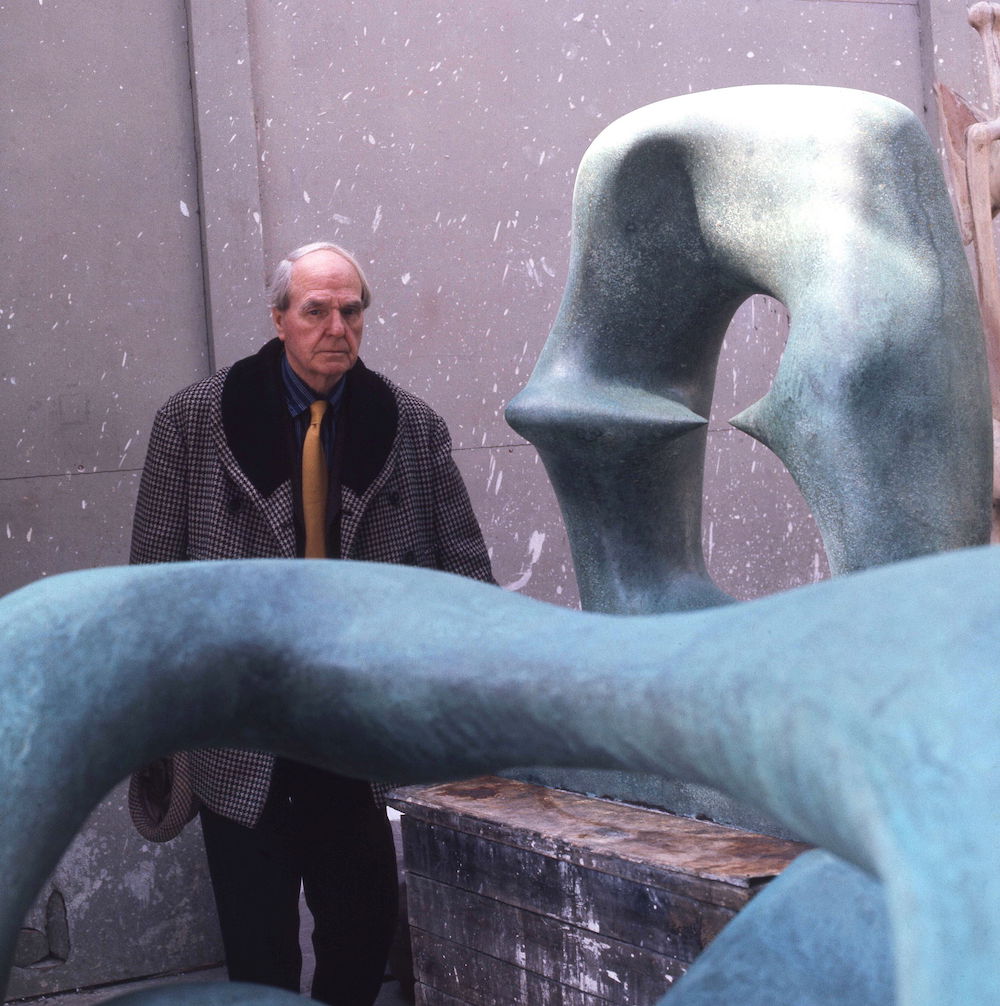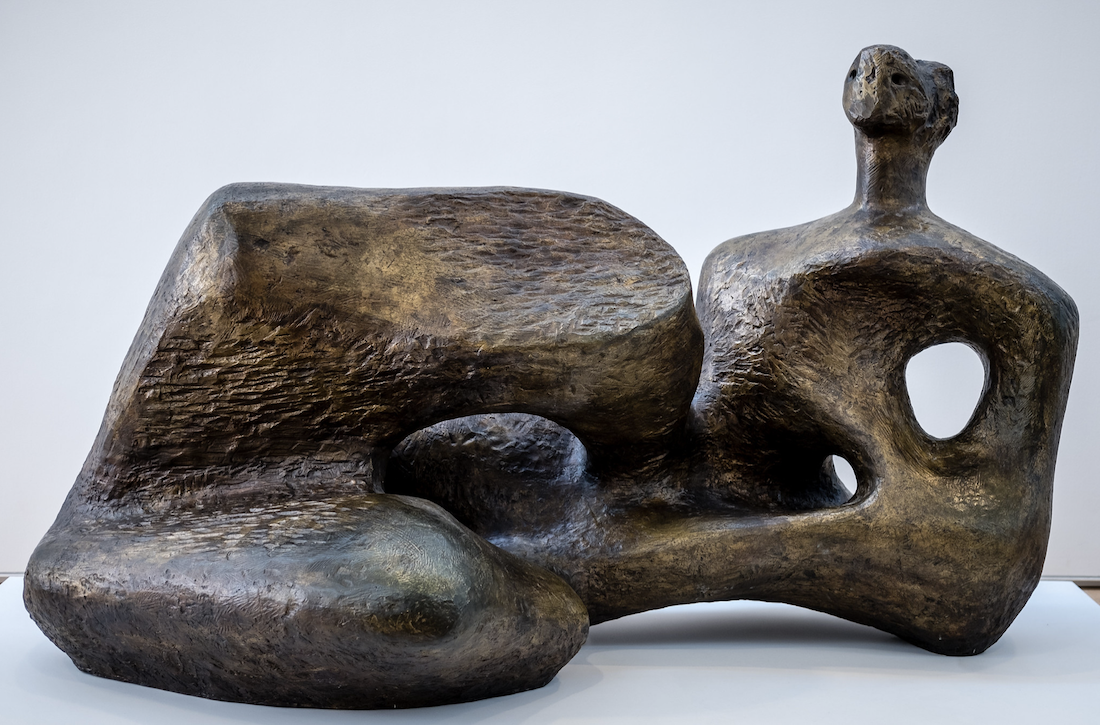At Optima, our appreciation for sculpture runs deep, with Optima co-founder David Hovey Sr. expanding the design reach of Optima to include his own original sculptures. Indulging in our love for the craft, we’re exploring Chicago’s public art, piece-by-piece. This week, it’s all about Agora, by Polish sculptor and fiber artist Magdalena Abakanowicz (1930-2017).
Agora
It’s hard to miss the sculpture Agora, prominently displayed on the southwest side of Grant Park in Chicago. The 106-foot tall creation consists of a cluster of headless, walking figures, each made out of hollow and faded cast iron that was crafted in a Polish foundry. The artwork invites viewers to walk through the figures and contemplate. The figures themselves appear to be milling about in a crowd, all aimed in different directions.
The name Agora is a reference to the urban meeting places of Ancient Greek city states. The artist, Abakanowicz, grew up during World War II with an intense fear of crowds, and that claustrophobia is reflected in her work. Inspired, or rather horrified by, the groupthink of that time and Soviet rule, Abakanowicz brought the sculpture to life. She began working on creating large headless figures in the 1970s, using burlap and resin before the final cast iron form, and the sculpture was formally installed in Chicago in 2006.
Agora is Magdalena Abakanowicz’s largest permanent installation. However, she’s well known for her other textile sculptures and biomorphic forms, the most famous of which are her Abakans creations. The overwhelming response to her Abakans is what launched her to an international art spotlight, where she’s now regarded as one of Poland’s most internationally acclaimed artists.
We’re honored to celebrate the innovation, creativity, work and life of Magdalena Abakanowicz, a phenomenal woman and artist.
